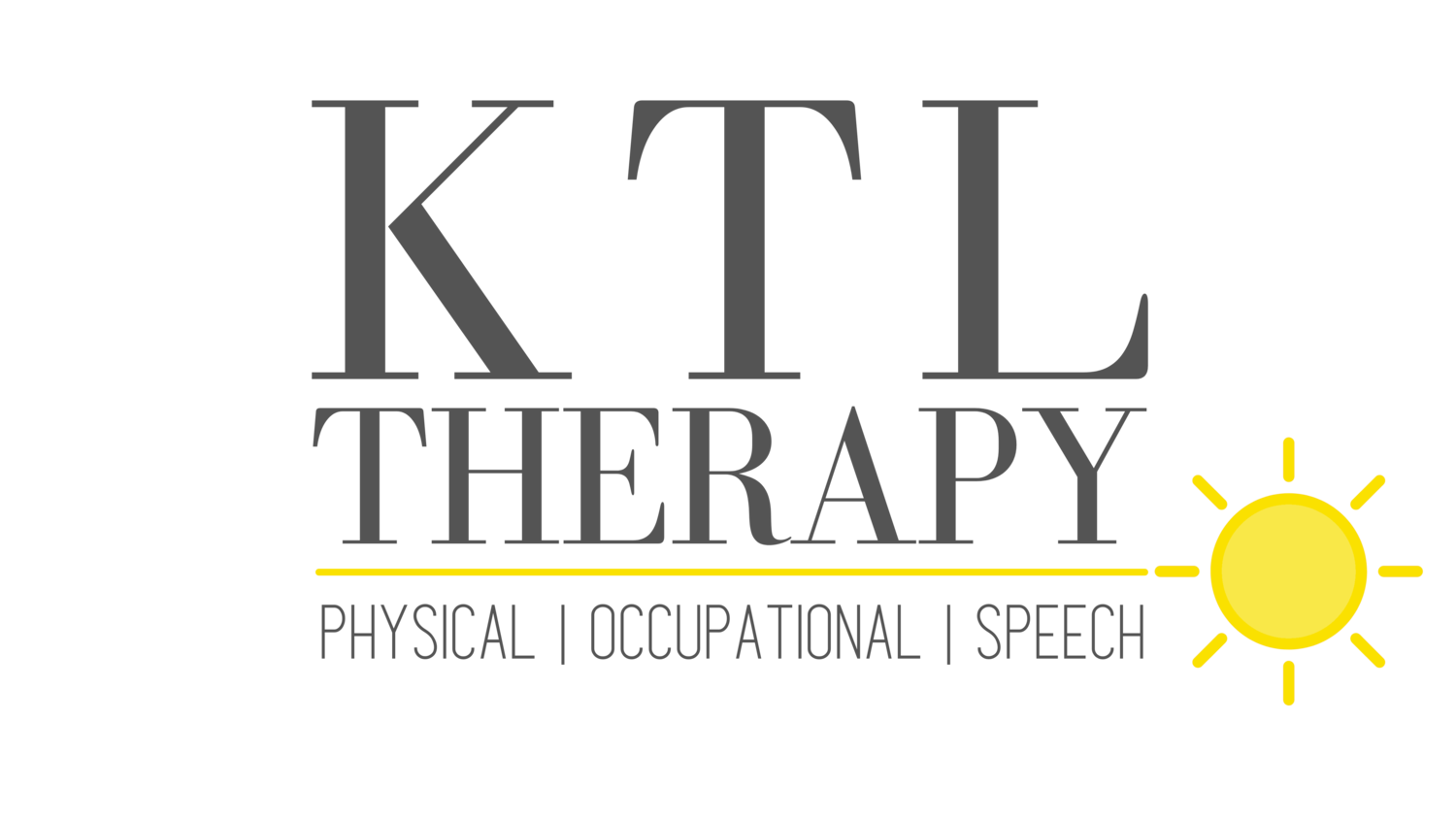Opposite Sides Working Together
Bilateral coordination is the skill needed to use both sides of the body together in an organized way.
Bilateral Skills in Early Childhood
We take for granted how often we rely on bilateral coordination skills in daily activities and play routines.
Both sides of the brain must communicate effectively in order for a child to perform these skills.
If a child struggles with bilateral coordination, they may have difficulty with self-help tasks, fine and gross motor activities, and visual-motor skills such as:
getting dressed | tying shoes | opening the cap on the toothpaste | banging toys together stringing beads | coloring | cutting | crawling walking | riding a bicycle
Two foundational skills that bilateral coordination relies on are crossing the midline and body awareness.
Benchmarks to identify bilateral skills according to your child’s age:
Infant
bring hands together at the midline
play with his/her own feet
clap hands
transfer objects from one side to another
Toddler
pull apart pop beads
hold and drink from a cup
use utensils
hold a dowel and place rings over it
unwrap a small object (such as a dum-dum) and unscrew lids
Preschool
string small beads
unbutton large buttons
make continuous cuts across paper with scissors
imitate pre-writing strokes (horizontal and vertical lines, circle)
catch a ball thrown to them
put clothing on independently
unscrew toothpaste cap and apply toothpaste to toothbrush
School-Aged
write letters of the alphabet
jump rope
ride a bicycle
tie shoes
Make working on bilateral skills FUN!
Check out this FREE activity
Other Activities to encourage bilateral coordination:
Legos
Magnatiles
Balloon volleyball
Creating crafts - ripping/crumbling paper, pulling cotton balls, opening marker lids
Catch/throw games
Play-doh - pinching, pulling, squeezing, cutting
Stringing dry noodles
Mr. Potato Head
Cooking/baking activities - icing cookies, stirring, spreading peanut butter
Yoga
KTL suggests the following resources for parents:
Raising a Sensory Smart Child by Lindsey Biel
The ABCs of Yoga for Kids: A Guide for Parents and Teachers by Teresa Anne Power







